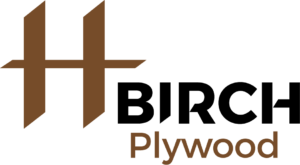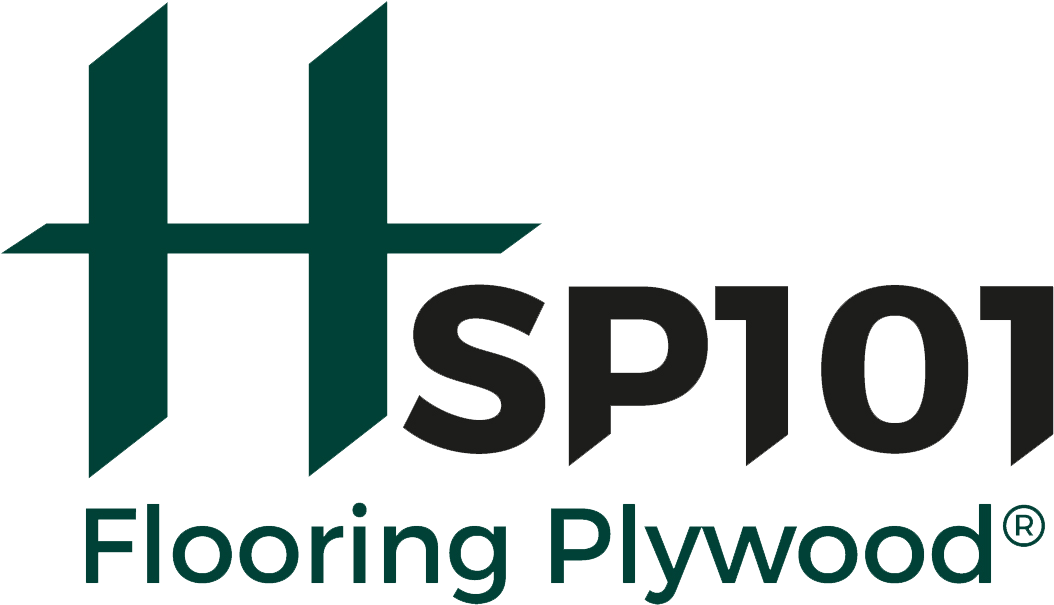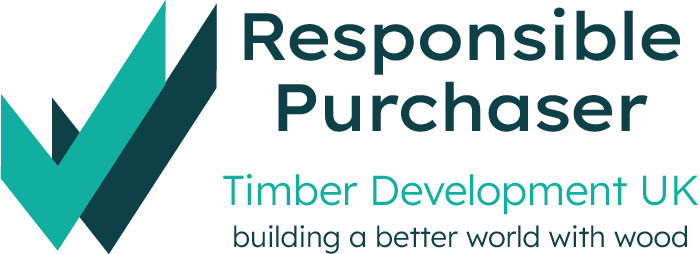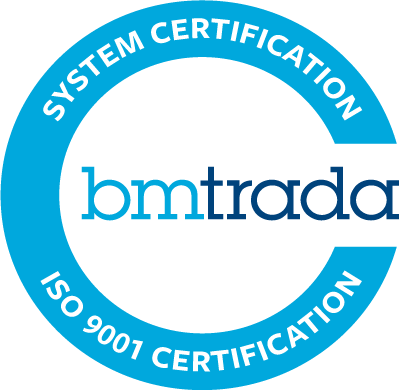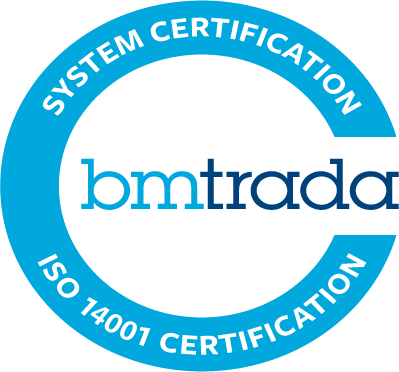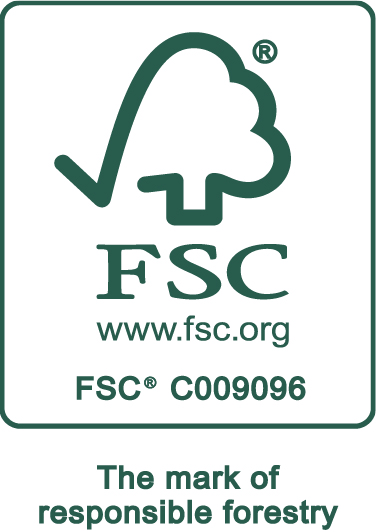Hanson Plywood offer a full and comprehensive guidance service to ensure that correct products are used for all applications. The information on panel products can be quite limited in many educational courses relating to architecture and design. This is why we are happy to provide assistance with specification for any end use.
All of our sales staff specialise in wood based panel products and are Technicians in Wood Science as recognised by the Institute of Materials, Minerals and Mining (IOM3). In addition to this, the company is a member of TDUK and keeps abreast of all changes to standards and regulations that affect the specification of wood based panel products in structural design. You can find further information on product standards on our Knowledge Base page.



